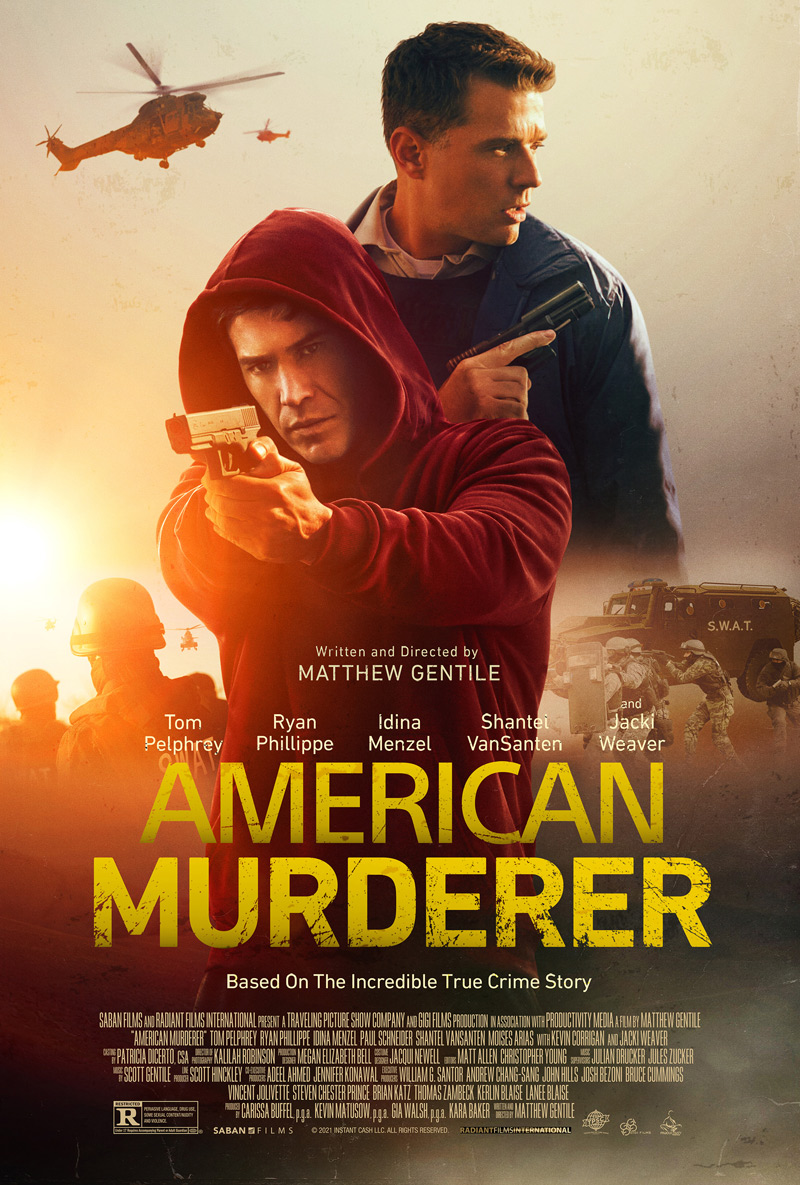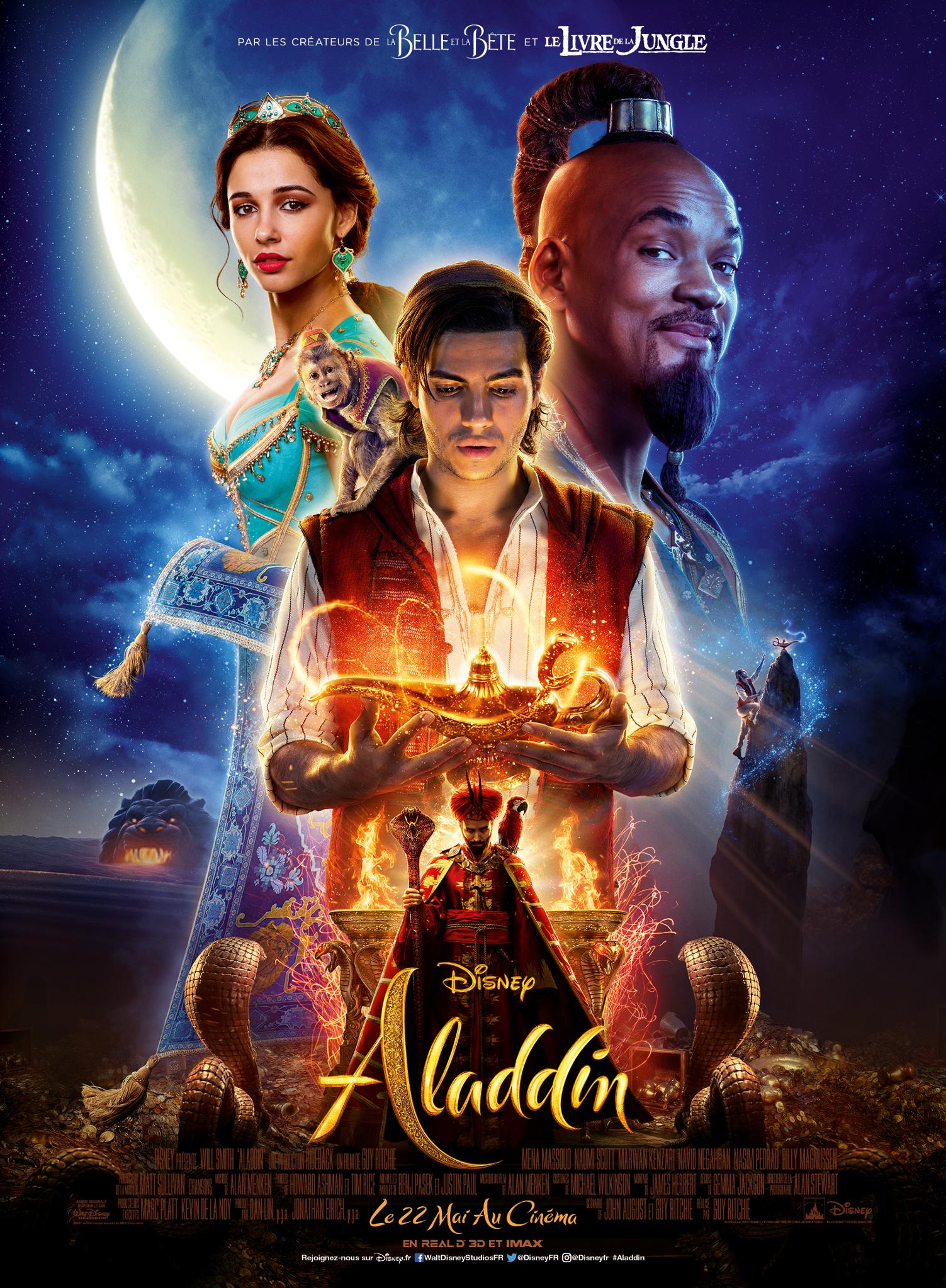Film 13 Gyaru - A Look At Youth Culture On Screen
Have you ever stopped to think about how certain youth styles get pictured on screen? It's a rather interesting thing to consider, especially when we talk about something like the "gyaru" subculture from Japan. This particular fashion and lifestyle choice, which often includes bright hair, a specific kind of makeup, and a distinct way of dressing, has found its way into quite a few stories told through movies and other visual media. So, when people talk about "film 13 gyaru," they are, in a way, pointing to a collection of cinematic works that give us glimpses into this unique part of youth culture, exploring its various facets and how it shapes young lives.
It seems that there's a real curiosity about these stories, perhaps because they offer a peek into a part of the world that feels both familiar and, you know, quite distinct. We see how these characters, often young women, express themselves and face challenges, all while sporting their signature look. From films that show their academic struggles to others that simply celebrate their vibrant presence, the portrayal of gyaru characters tends to spark conversation and, as a matter of fact, offers a different perspective on growing up. This broad category of "film 13 gyaru" gathers together a collection of these works, letting us see how different storytellers approach the topic.
The appeal, honestly, might come from how these films often present figures who are, well, a little bit unconventional, but who also show incredible spirit and determination. It's not just about the clothes or the makeup; it’s about the attitudes and the life experiences that come with it. These movies can be quite varied, from heartwarming tales of personal triumph to more dramatic looks at friendships and personal journeys. So, whether it's a tale of academic success or simply a day in the life of someone living this style, the idea of "film 13 gyaru" brings together these varied cinematic explorations.
Table of Contents
- What Makes a Film a "Film 13 Gyaru" Experience?
- The Story Behind "Flying Colors" and the "Film 13 Gyaru" Connection
- Beyond "Flying Colors" - Other Gyaru Films to Consider
- How Do These Films Show the "Film 13 Gyaru" Style?
- A Closer Look at a Specific "Film 13 Gyaru" Narrative
- Finding More "Film 13 Gyaru" Content
- Are Gyaru Characters Always Wholesome in "Film 13 Gyaru" Movies?
- Personal Connections to the "Film 13 Gyaru" Culture
What Makes a Film a "Film 13 Gyaru" Experience?
When we talk about what makes a movie fit into the "film 13 gyaru" category, we're really looking at a collection of features. It's not just about having a character who looks a certain way, but also about how that character's identity, struggles, and triumphs are shown through the lens of this particular youth style. A movie that fits this description often centers on young women who embrace the gyaru aesthetic, which can include things like bleached hair, tanned skin, and specific fashion choices. The stories often look at their lives, their friendships, and how they deal with expectations from family or society. You know, it's about seeing the person behind the style, and how that style plays a part in their growth.
The feeling of these films can be quite different from one to the next, too it's almost. Some might be lighthearted and funny, while others might tackle more serious issues, like finding your place or dealing with misunderstandings. The common thread, however, is that focus on the gyaru individual and their personal path. So, whether it's a coming-of-age story or something a bit more dramatic, if it puts a gyaru character at its heart and explores their world, it probably fits the bill for what people mean by "film 13 gyaru." These stories often give us a sense of what it might be like to live with this particular identity, showing the challenges and the joys that come with it, in some respects.
The Story Behind "Flying Colors" and the "Film 13 Gyaru" Connection
One movie that really stands out when discussing "film 13 gyaru" is "Flying Colors," or "Biri Gyaru" as it's known in Japan. This particular film, which came out in 2015, tells a really inspiring story. It's a youth comedy drama that Nobuhiro Doi directed, and it quickly became quite popular. The interesting thing about "Flying Colors" is that it's based on a true story, taken from a bestselling book by Nobutaka Tsubota. That book's full title, "Gakunen Biri no Gyaru ga 1 nen de Hensachi o 40 Agete Keio Daigaku ni Geneki Gokaku Shita Hanashi," basically translates to "The Story of a Gyaru Who Went From Being the Worst in Her Grade to Passing the Entrance Exam for Keio University in One Year." Pretty amazing, right?
- Why Wasnt Aimee Osbourne On The Show
- Ozge Ya%C4%9F%C4%B1z Husband Pic
- Tanner Smith
- William And Rose Hanbury Baby
- Ella Whitesell Now
This film really brings to life the idea of overcoming expectations and showing what you're capable of, even when others might doubt you. The main character, a gyaru, is seen as someone who isn't doing very well in school, but with the help of a dedicated teacher, she works incredibly hard to turn things around. It's a story about perseverance, about finding your own strength, and about proving that appearances can be quite deceiving. This kind of narrative, where a gyaru character shows deep personal growth and achieves something remarkable, is a pretty good example of the wholesome portrayals that people often appreciate in "film 13 gyaru" content, you know.
The movie does a nice job of showing the contrast between how the gyaru character is initially perceived and the intelligence and determination she truly possesses. It highlights the idea that someone's style or outward appearance doesn't necessarily tell you everything about their abilities or their character. So, "Flying Colors" serves as a really strong example of a "film 13 gyaru" story that champions personal development and challenges common stereotypes. It's a genuinely uplifting tale, and it shows that these stories can be very powerful, in fact.
Beyond "Flying Colors" - Other Gyaru Films to Consider
While "Flying Colors" is a prominent example, the world of "film 13 gyaru" extends much further. There's a whole collection of movies that explore different sides of this youth culture. For instance, if you look at lists compiled by people who enjoy these kinds of films, you'll find other titles that offer varied perspectives. Films like "Bounce Ko Gals" from 1997 give us a look at an earlier period of the gyaru style, showing how things have changed and stayed the same over the years. Then there's "I Was a Secret Bitch" from 2019, which suggests a more modern or perhaps a bit more complex take on the theme. These titles, just a little, really round out the picture of how gyaru life has been depicted.
Other movies that pop up in these discussions include "Celluloid Nightmares" from 1999 and "Ganguro Gals Riot" from 2016. Each of these, naturally, brings its own unique flavor to the overall "film 13 gyaru" collection. "Ganguro Gals Riot," for instance, might focus on a particular sub-style of gyaru, known for its darker skin and lighter hair, and the kind of social dynamics that go with it. These films, taken together, paint a pretty broad picture of the gyaru experience, showing that it's not just one thing but a diverse range of expressions and lifestyles. It's like looking at different pieces of a puzzle, each one adding to the complete image, pretty much.
The variety among these films is quite telling, actually. Some might be comedies, some might lean more towards drama, and others could even have elements of thrillers or more experimental storytelling. What ties them all together, though, is their focus on the gyaru identity. They show us how these young women live, what they care about, and the challenges they face, all while staying true to their chosen style. So, if you're looking to explore more about "film 13 gyaru," these other titles give you a lot more to think about and watch, you know.
How Do These Films Show the "Film 13 Gyaru" Style?
The way "film 13 gyaru" movies show the style itself is often a big part of their appeal. It's not just about the characters, but also about the visual details that make the gyaru look so distinct. For some people, it might be the constant sound of gum bubbles popping, which is, like, a classic part of the gyaru image. This small detail, often present in the background or foreground of scenes, really adds to the authenticity of the portrayal. It's a subtle way of bringing the culture to life on screen, you know, making it feel more real.
Then, of course, there's the fashion. The clothing, the accessories, the specific way hair is styled and makeup is applied – these are all incredibly important aspects. These films really highlight the specific trends and looks that define the gyaru style at different times. Sometimes, a film might focus on the bright, playful side of the fashion, with lots of bold colors and fun patterns. Other times, it might show a more rebellious or edgy interpretation. So, the visuals play a very significant role in how these "film 13 gyaru" stories get told, almost acting as a character themselves, in a way.
But then, you might ask, "is it just the fashion?" And the answer is, well, probably not. While the outward appearance is certainly a big part of it, these films often go deeper. They explore the reasons *why* someone might adopt this style, what it means to them, and how it connects to their sense of self. It's not just about looking a certain way; it's about a lifestyle, a mindset, and a way of expressing individuality. So, while the visual elements are striking, the best "film 13 gyaru" works use them to tell a richer story about identity and belonging, pretty much.
A Closer Look at a Specific "Film 13 Gyaru" Narrative
Sometimes, the "film 13 gyaru" category can include very specific narrative threads that give us a deep look into a character's personal experience. For example, there's a particular summary that talks about "13 day 1," where a character named Mabayu wakes up and goes to school. This kind of detail suggests a very focused story, perhaps one that follows a character's journey day by day. It sounds like a narrative that really tries to get inside the head of a young gyaru, showing her daily routines and inner thoughts. This particular storyline, you know, seems to be about personal connection and memory.
In this specific narrative, Mabayu apparently feels a strong connection with someone named Mami. This idea of identification is quite common in stories about young people, especially when they're finding their place in the world. What makes this particular "film 13 gyaru" story interesting, however, is the twist: Mabayu has memories of a friendship that the other person, Mami, doesn't remember anymore. That's a really poignant detail, isn't it? It adds a layer of sadness or longing to the story, exploring themes of forgotten bonds and the impact of past connections on the present. It’s a very human experience, after all.
This kind of specific plot point, where one character carries a memory that another doesn't, really makes a "film 13 gyaru" story stand out. It moves beyond just showing the fashion or the general lifestyle and delves into the emotional landscape of the characters. It suggests a story that might explore themes of identity, memory, and perhaps even the transient nature of youth. So, while the "film 13 gyaru" label might seem broad, these kinds of detailed narrative snippets show just how specific and emotionally resonant these stories can be, in fact.
Finding More "Film 13 Gyaru" Content
If you're interested in finding more content related to "film 13 gyaru," there are several ways to go about it. One common approach is to look for movies and TV shows that are tagged with 'gyaru' on various online platforms. Sites like Letterboxd, for instance, are great for discovering films based on specific themes or subcultures. People often compile lists there, which can be a good starting point for exploring the wider range of "film 13 gyaru" works available. It's a bit like following a breadcrumb trail, really, to uncover new stories and visual experiences.
Beyond mainstream movies, there's also a world of fan-made content and independent productions that fall under the "film 13 gyaru" umbrella. For example, some creators share their work on platforms like Patreon, where supporters can get access to unique animated pieces or other creative projects. One specific mention points to "[flim13] mitsuki (home) voiced [audio sync sub fix] [eng sub]" from a creator called mdemaxis. This indicates that "film 13 gyaru" might also refer to niche, fan-produced content that explores gyaru themes, sometimes with a focus on specific characters or situations. These kinds of works, you know, offer a different kind of perspective.
Another platform mentioned is Iwara, which is known for sharing and discovering videos, often featuring user profiles and creative content. While the source text mentions specific types of animation produced there, the general idea is that these platforms are places where artists and creators can share their interpretations of the gyaru style and culture. So, whether you're looking for official movies or more independent, fan-driven projects, there are quite a few places to look if you want to see more "film 13 gyaru" content. It's a pretty varied landscape of creative expression, basically.
Are Gyaru Characters Always Wholesome in "Film 13 Gyaru" Movies?
A question that often comes up when talking about "film 13 gyaru" is whether the characters are always portrayed in a positive, or what some might call, a "wholesome" light. It's a good point to consider, especially since initial impressions of the gyaru style might lead some people to think otherwise. However, as seen in a film like "Flying Colors," which is based on a true story (even if slightly adapted), writers can indeed choose to present gyaru characters as very positive figures. This movie, for instance, shows a gyaru who is dedicated and achieves great things academically, which is a really inspiring picture, you know.
My own interest in the Japanese subculture of the gyaru grew from seeing how writers portray them as wholesome characters, which can be seen not just in films, but also in animes and mangas. This suggests that there's a conscious effort by some storytellers to challenge stereotypes and show the deeper, more admirable qualities of these characters. They might be rebellious in their appearance, but their inner spirit can be quite strong and good-hearted. So, while some portrayals might focus on the more superficial or wild aspects, there's a definite trend towards showing their positive attributes in many "film 13 gyaru" works, more or less.
It's important to remember that any subculture has many different people within it, and media portrayals can reflect a range of experiences. So, while some "film 13 gyaru" stories might show characters facing difficult situations or making questionable choices, many others focus on their growth, their resilience, and their good nature. The idea of "wholesome" can mean different things to different people, but in the context of these films, it often refers to characters who, despite their outward style, possess strong moral compasses, a desire to improve, or deep loyalty to their friends. It's not a universal rule, but it's a common and appreciated approach, very often.
Personal Connections to the "Film 13 Gyaru" Culture
It's interesting how the "film 13 gyaru" culture, and the gyaru style itself, can touch people's lives in a very personal way, extending beyond just what's seen on screen. Sometimes, people have direct connections to this world, which can really change their perspective on the films and the subculture. For example, one person mentioned that their friend's mom is a former "yank and gal." This kind of personal link shows that the gyaru style isn't just a fictional concept seen in movies; it's a real part of people's histories and experiences. That connection, you know, makes the stories feel even more grounded.
Having a family member or someone close who lived through the gyaru era can give a unique insight into what it was truly like. It's one thing to watch a "film 13 gyaru" movie and see the fashion and the attitudes, but it's another entirely to hear first-hand accounts of the daily life, the challenges, and the joys that came with being a gyaru. These personal stories can add a lot of depth to our appreciation of the films, helping us to see the characters not just as fictional figures, but as reflections of real people who embraced this distinct style. It really brings the whole thing to life, actually.
These kinds of personal connections also highlight how the gyaru subculture has evolved over time and how it continues to be a part of cultural memory. It shows that the impact of "film 13 gyaru" and the broader gyaru phenomenon is not just about entertainment, but about capturing a piece of social history. When you know someone who was a part of it, the films take on a different meaning, offering a glimpse into their past. So, the connection between these films and real-life experiences makes the whole "film 13 gyaru" discussion much richer, in a way, and much more human.
- Will Smiths Health Update
- Is Dana Perinos Husband Okay
- Cali Timmins
- William And Rose Hanbury Baby
- Linda Knievel Age

Movie lovers can watch films for credit in LITE 216: Film

Good Thriller Movies 2025 - Jenny Carlina

Aladdin - film 2019 - AlloCiné